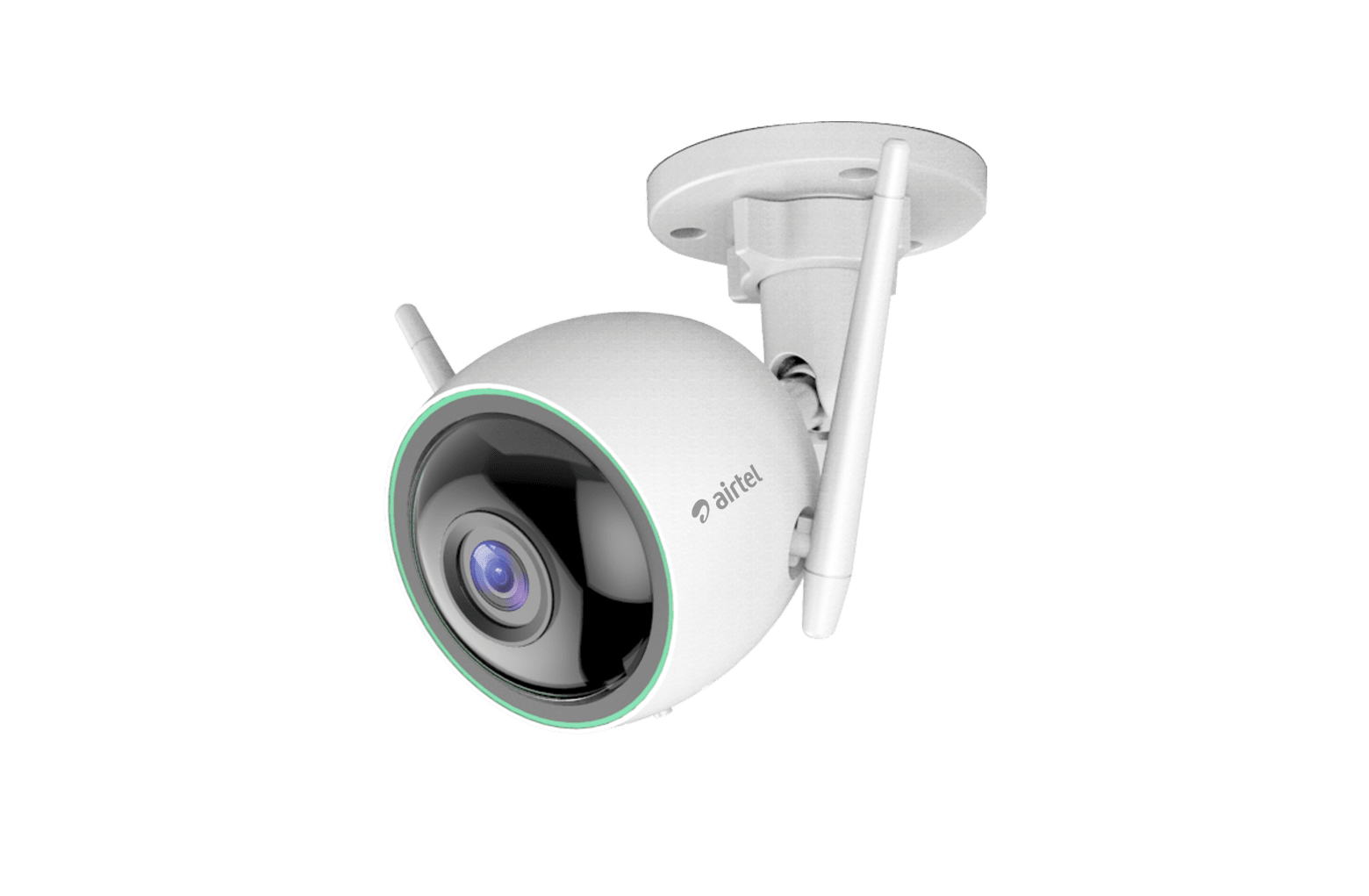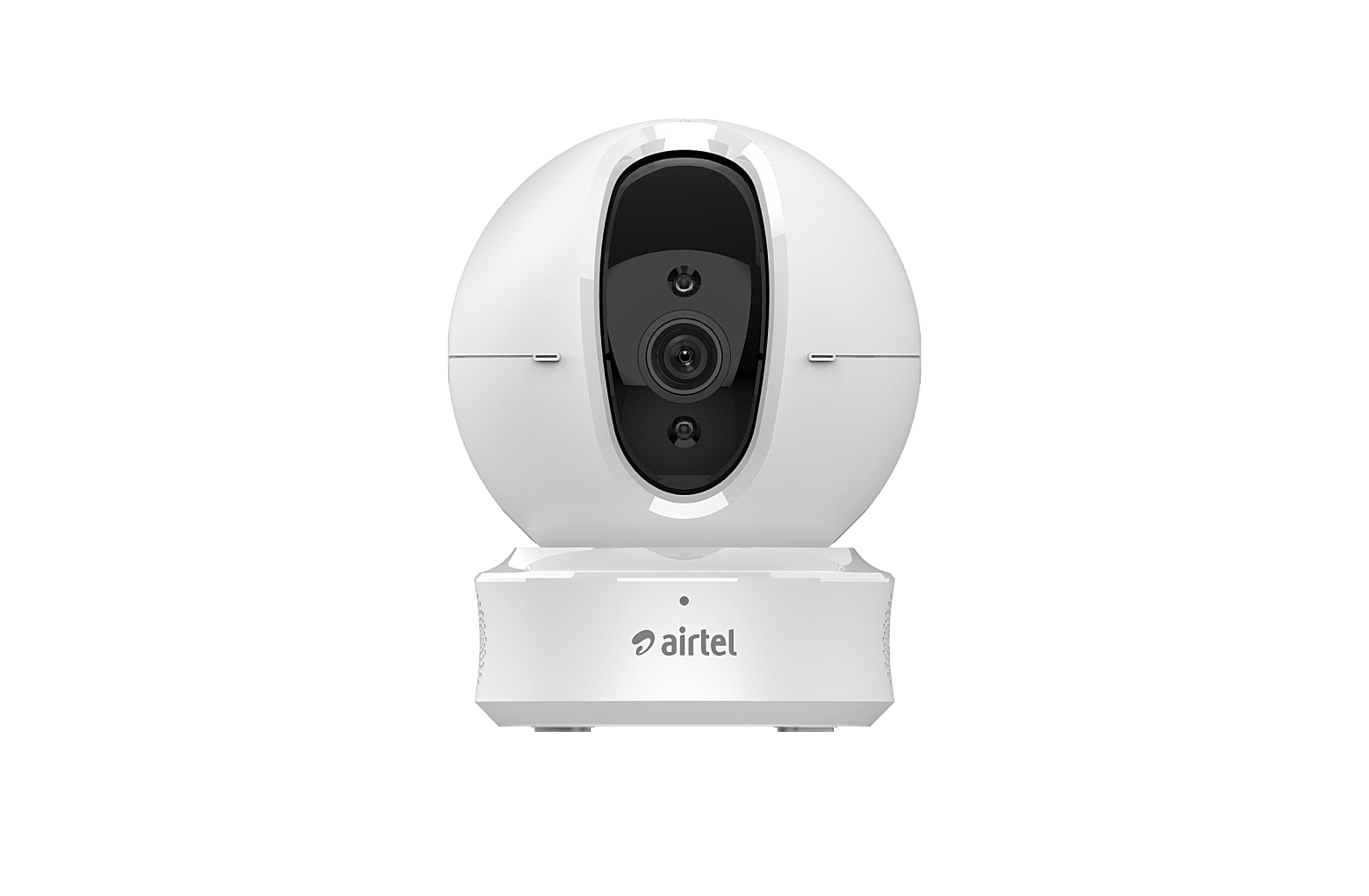There has been a lot of confusion around IP cameras. Don’t worry! This article will explain everything you need to know about IP network cameras. We will cover the differences between IP cameras and CCTV cameras, the types of IP network cameras, how they work, their advantages, and common issues with IP cameras and how to troubleshoot them.
Understanding the Difference Between IP Cameras and CCTV Cameras
Before we dive into IP network cameras, it’s important to understand the difference between them and CCTV cameras. CCTV cameras (closed-circuit television cameras) are analog cameras that transmit a video signal to a specific monitor or recording device. They are used for surveillance in public places, workplaces, and homes. CCTV cameras are hardwired to a recording device using coaxial cables.
On the other hand, IP (internet protocol) cameras are digital cameras that send and receive data through the internet or a computer network. They can be accessed remotely from a computer or mobile device. IP cameras are becoming more popular than CCTV cameras because of their advanced features and flexibility.
Types of IP Network Cameras
There are several types of IP network cameras available in the market. The most common types are:
- Dome Cameras
- Bullet Cameras
- Pan-Tilt-Zoon Cameras
- Wireless Cameras
1. Dome Cameras
Dome cameras are named after their dome-shaped casing. They are designed to be discreet and blend in with their surroundings. Dome cameras can be ceiling-mounted, wall-mounted, or placed on a flat surface. They are ideal for indoor and outdoor surveillance.
2. Bullet Cameras
Bullet cameras are long and cylindrical, resembling a bullet. They are designed for outdoor use and can be mounted on walls or ceilings. Bullet cameras have a longer range than dome cameras and are ideal for monitoring large areas.
3. Pan-Tilt-Zoom (PTZ) Cameras
PTZ cameras are designed to move horizontally and vertically, allowing you to pan, tilt, and zoom in on specific areas. They can be manually controlled or set to move automatically. PTZ cameras are ideal for monitoring large areas or following a moving object.
4. Wireless Cameras
Wireless cameras connect to the internet using Wi-Fi or cellular networks. They are easy to install and can be accessed remotely from a computer or mobile device. Wireless cameras are ideal for homes and small businesses. Airtel Xsafe offers a range of wireless cameras for indoor and outdoor security. These include Sticky Cam, CCTV 360 camera, and Active Defence Cam. You can check out a detailed comparison of these cameras in this article – Sticky cam Vs 360 cam Vs Active Defence cam: A detailed comparison
Now, let’s understand how IP cameras work.
How do IP Cameras Work?
IP cameras work by converting analog video signals into digital data that can be transmitted over the internet or a computer network. They have a built-in web server that allows them to be accessed remotely from a computer or mobile device. IP cameras can be connected to a network using Wi-Fi or Ethernet cables.
When an IP camera is connected to a network, it is assigned an IP address, which is a unique identifier that allows it to be accessed from anywhere in the world. You can access your IP camera by typing its IP address into a web browser or using software provided by the manufacturer.
Advantages of Using IP Network Cameras
IP network cameras offer several advantages over CCTV cameras. Here are some of the most significant advantages:
High-Quality Video
IP cameras produce high-quality video that is much clearer and sharper than CCTV cameras. They can record at higher resolutions and frame rates, allowing you to see more detail in your footage.
Remote Access
IP cameras can be accessed remotely from anywhere in the world using a computer or mobile device. This makes it easy to monitor your home or business while you are away.
Easy Installation
IP cameras are easy to install and can be set up in minutes. You don’t need any special tools or technical knowledge to install an IP camera.
Advanced Features
IP cameras offer advanced features that are not available in CCTV cameras. Some of these features include motion detection, facial recognition, and two-way audio.
Conclusion
IP network cameras are becoming more popular than CCTV cameras because of their advanced features and flexibility. They offer high-quality video, remote access, easy installation, and advanced features that are not available in CCTV cameras.
If you are looking for a full-fledged home monitoring service, Airtel Xsafe offers a customized security plan including smart features and security cameras. Head to our website to explore today!









